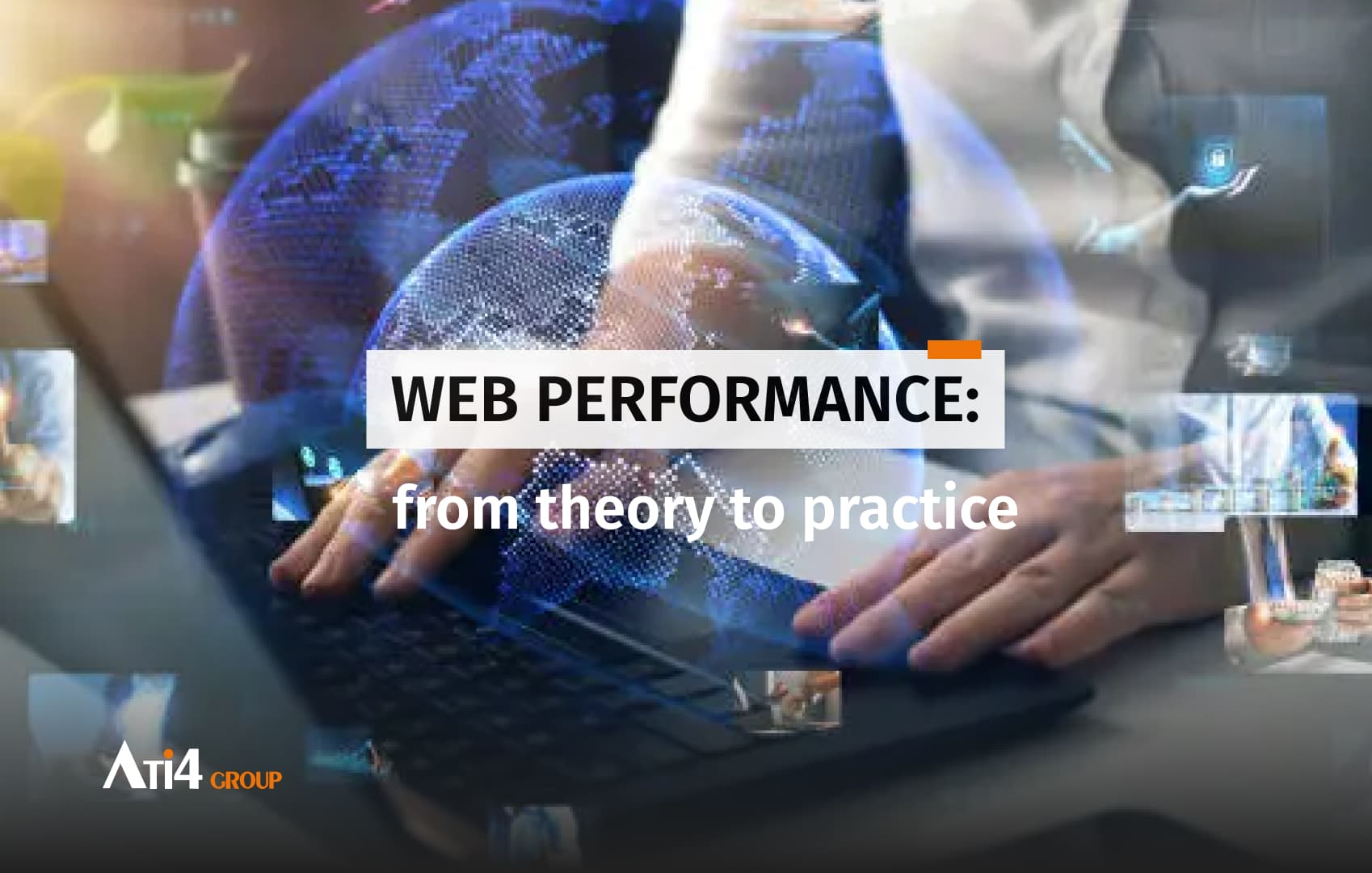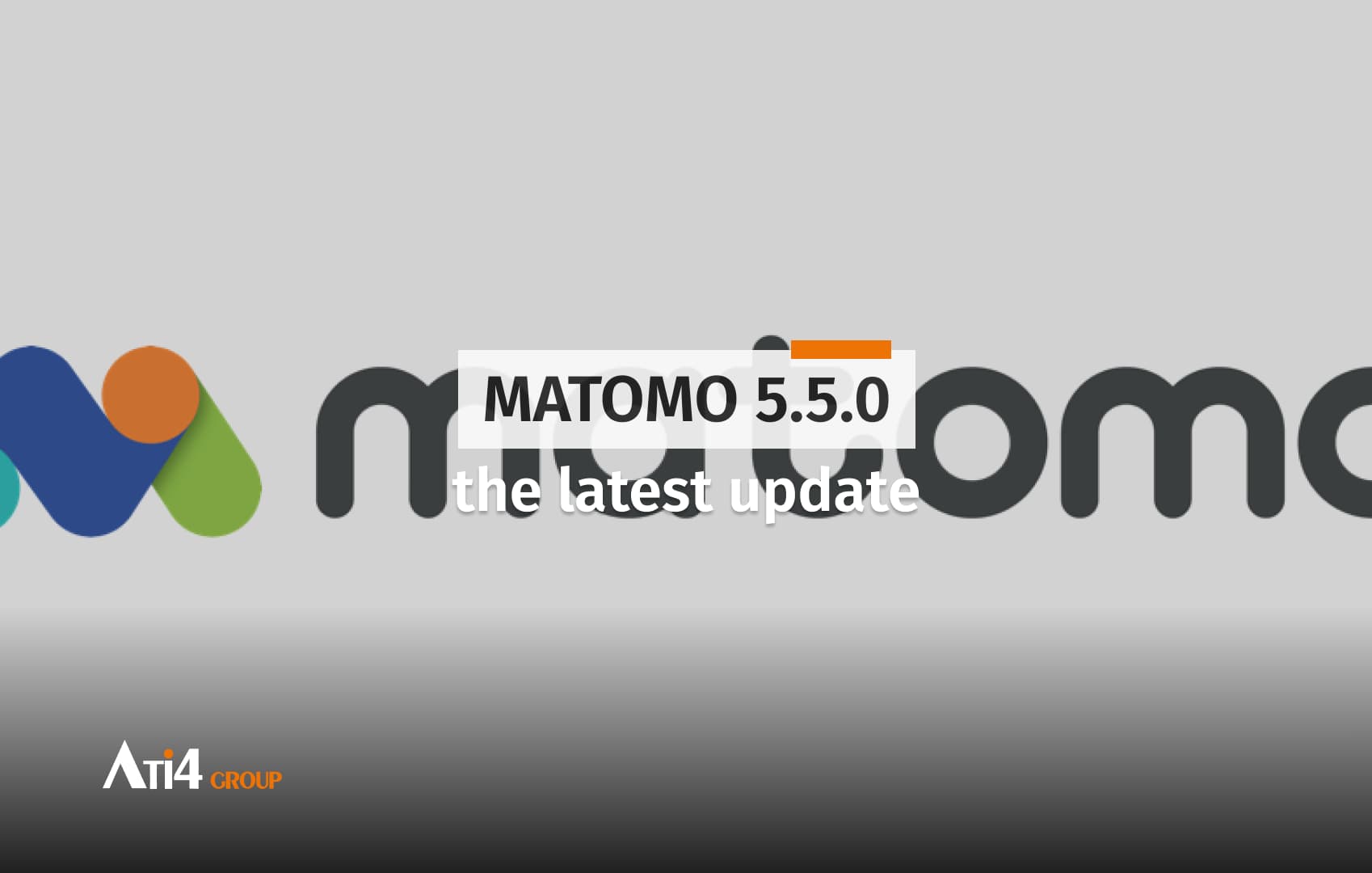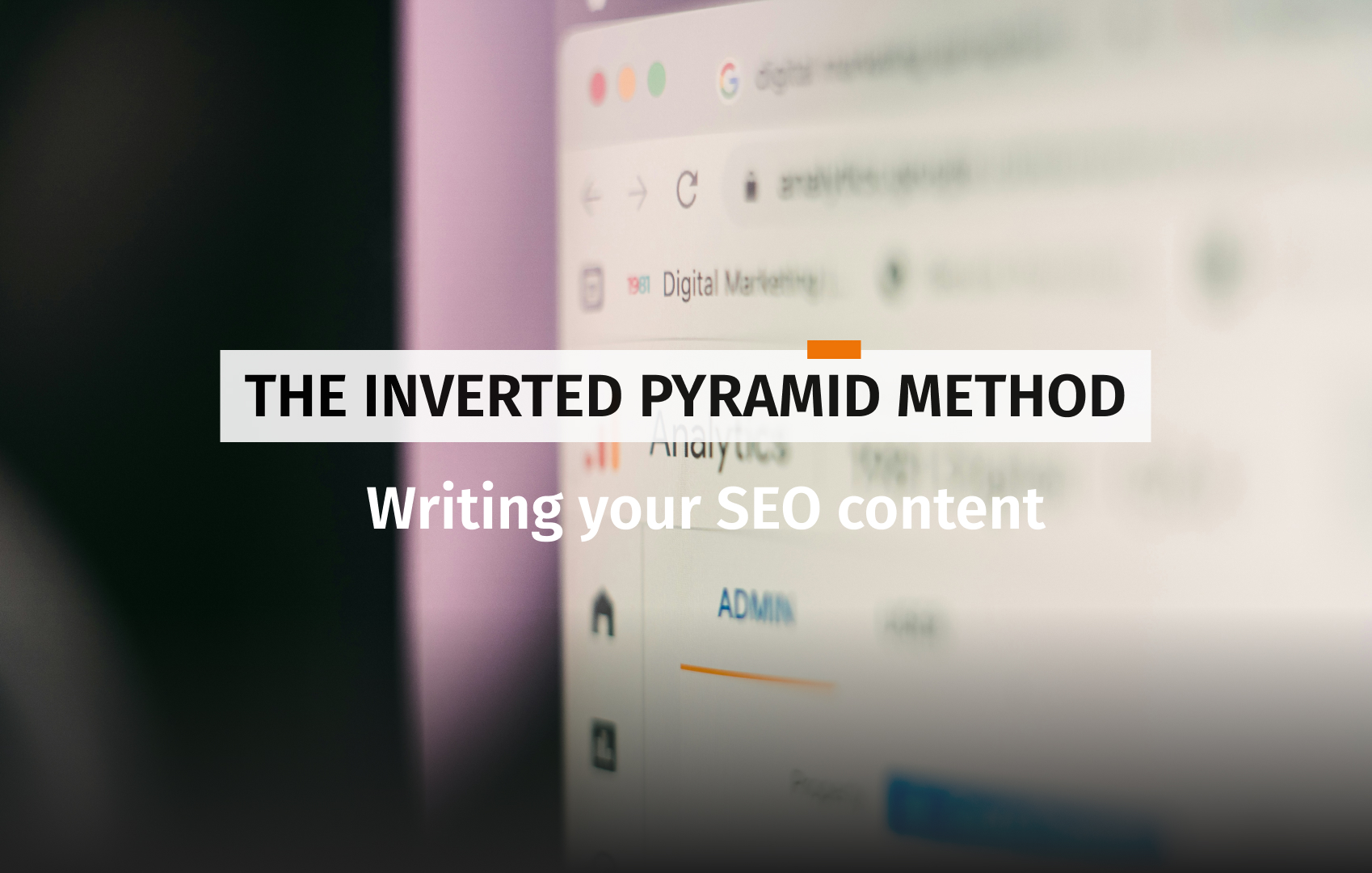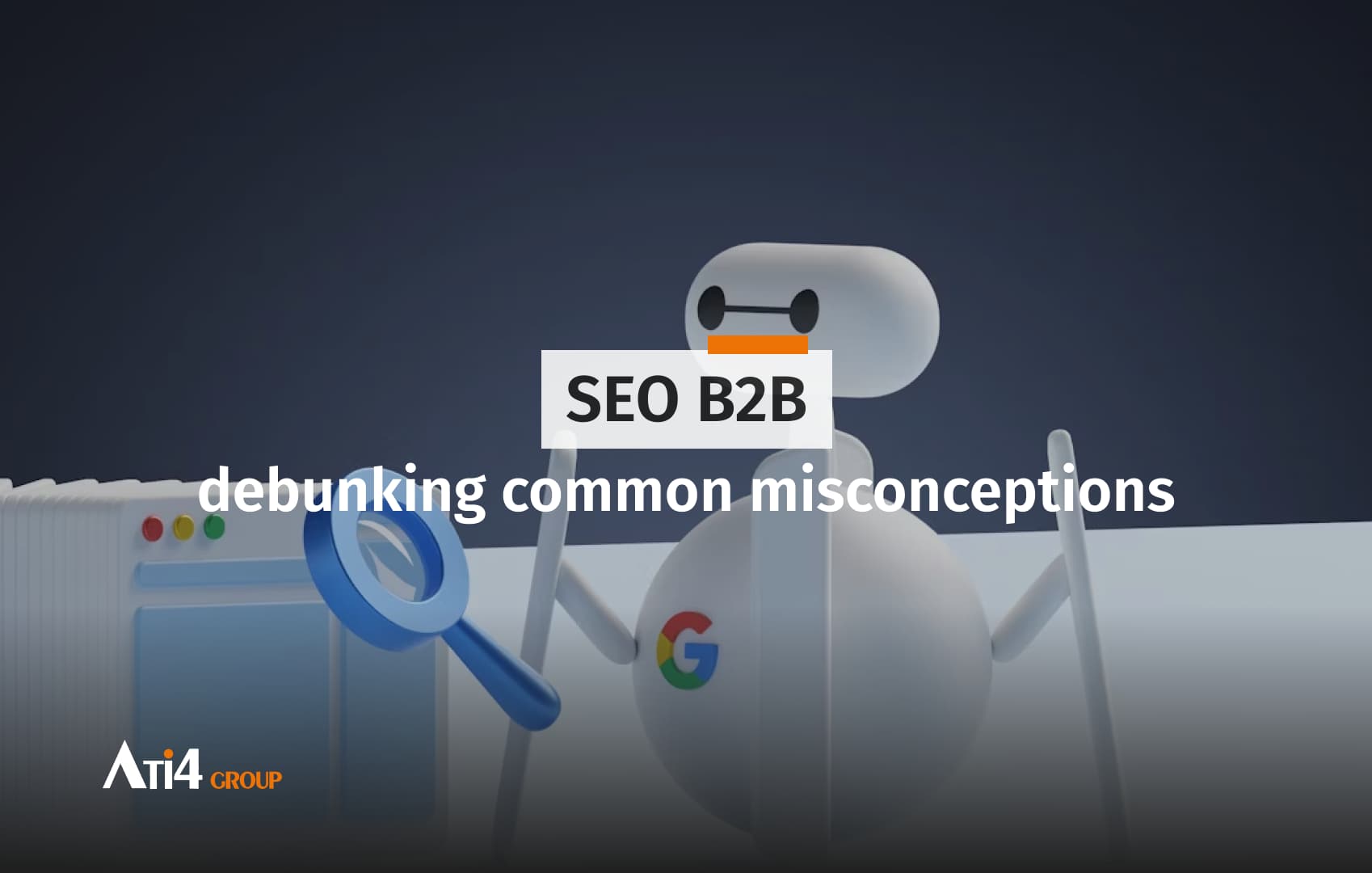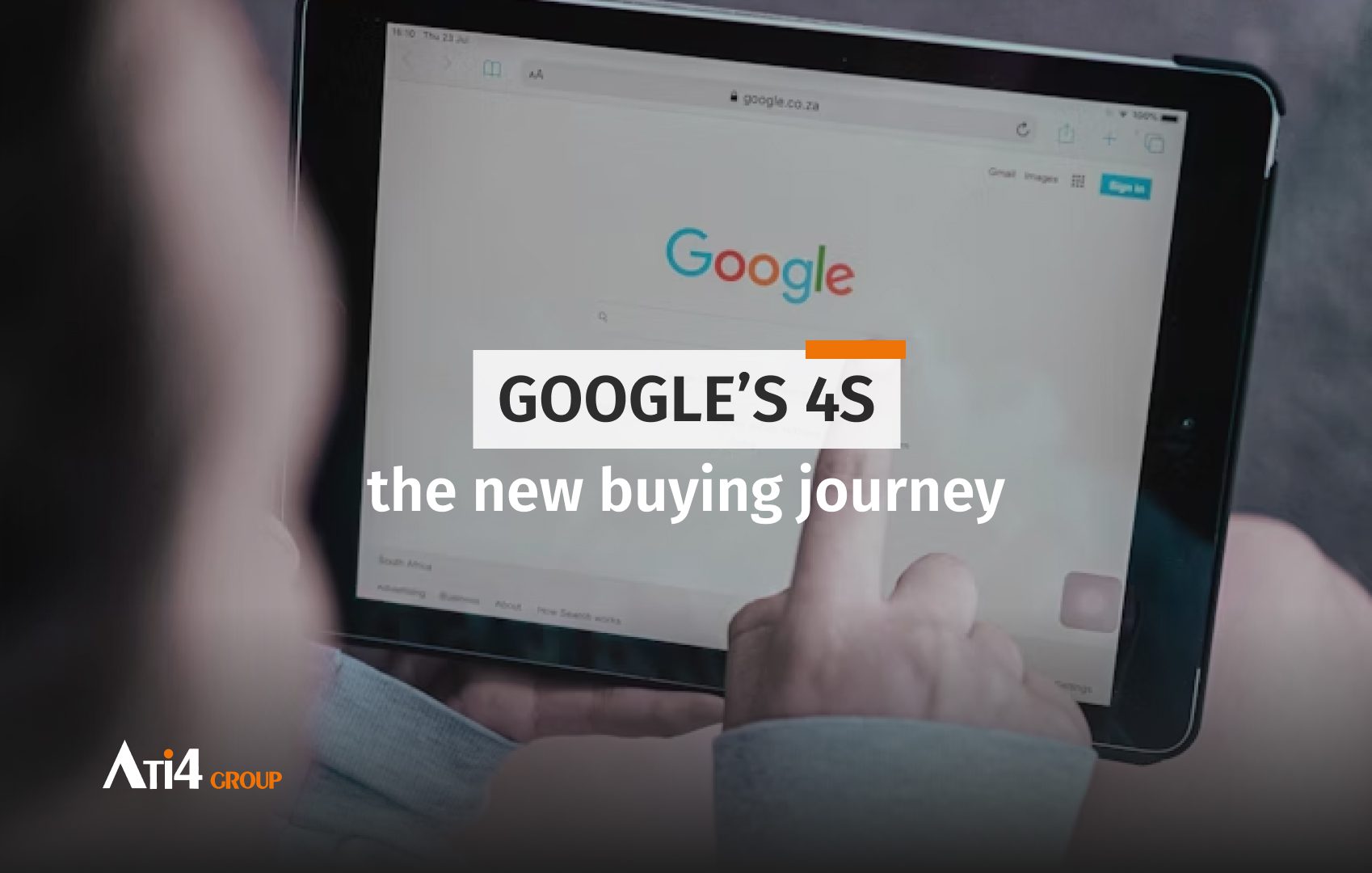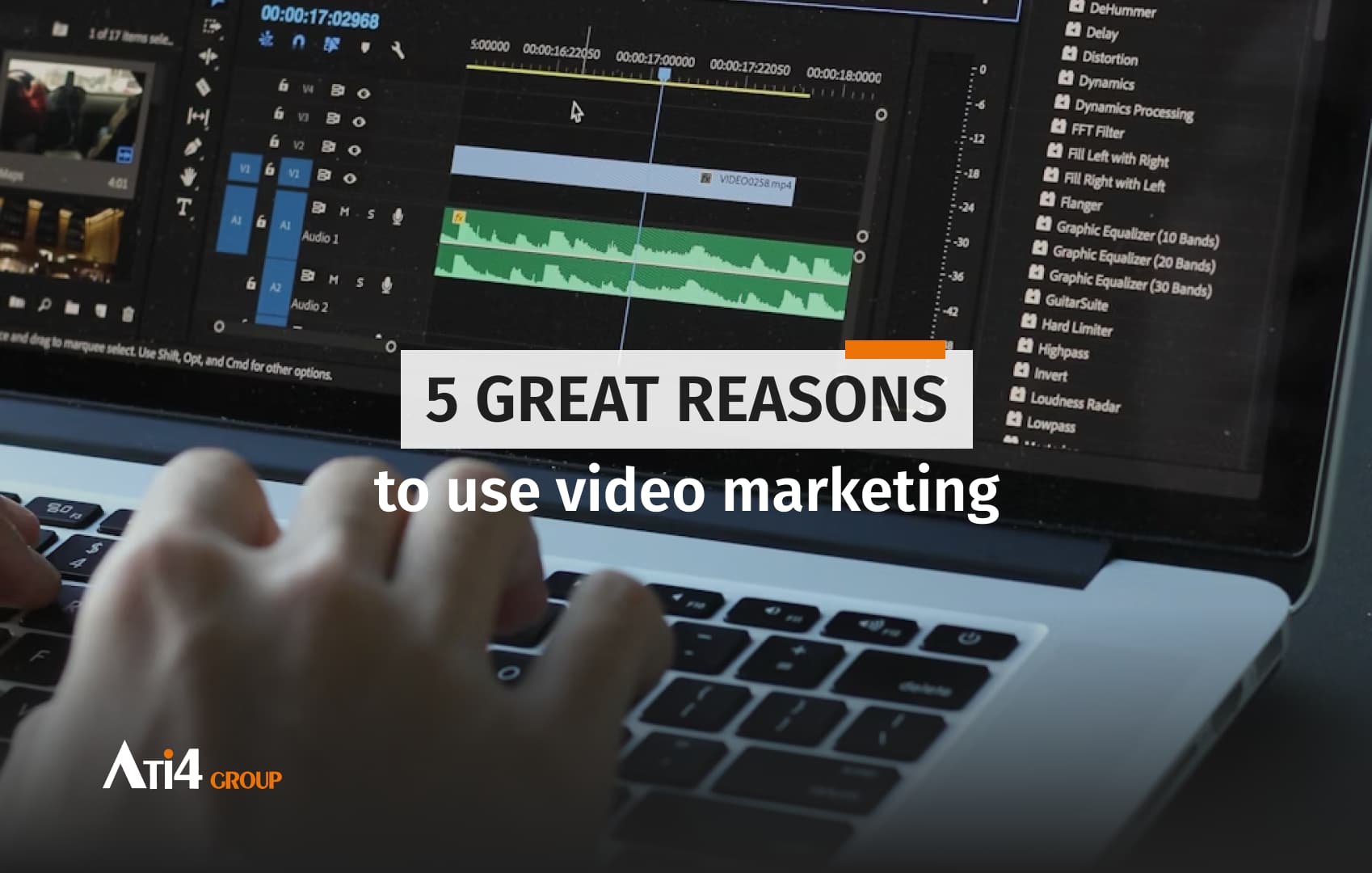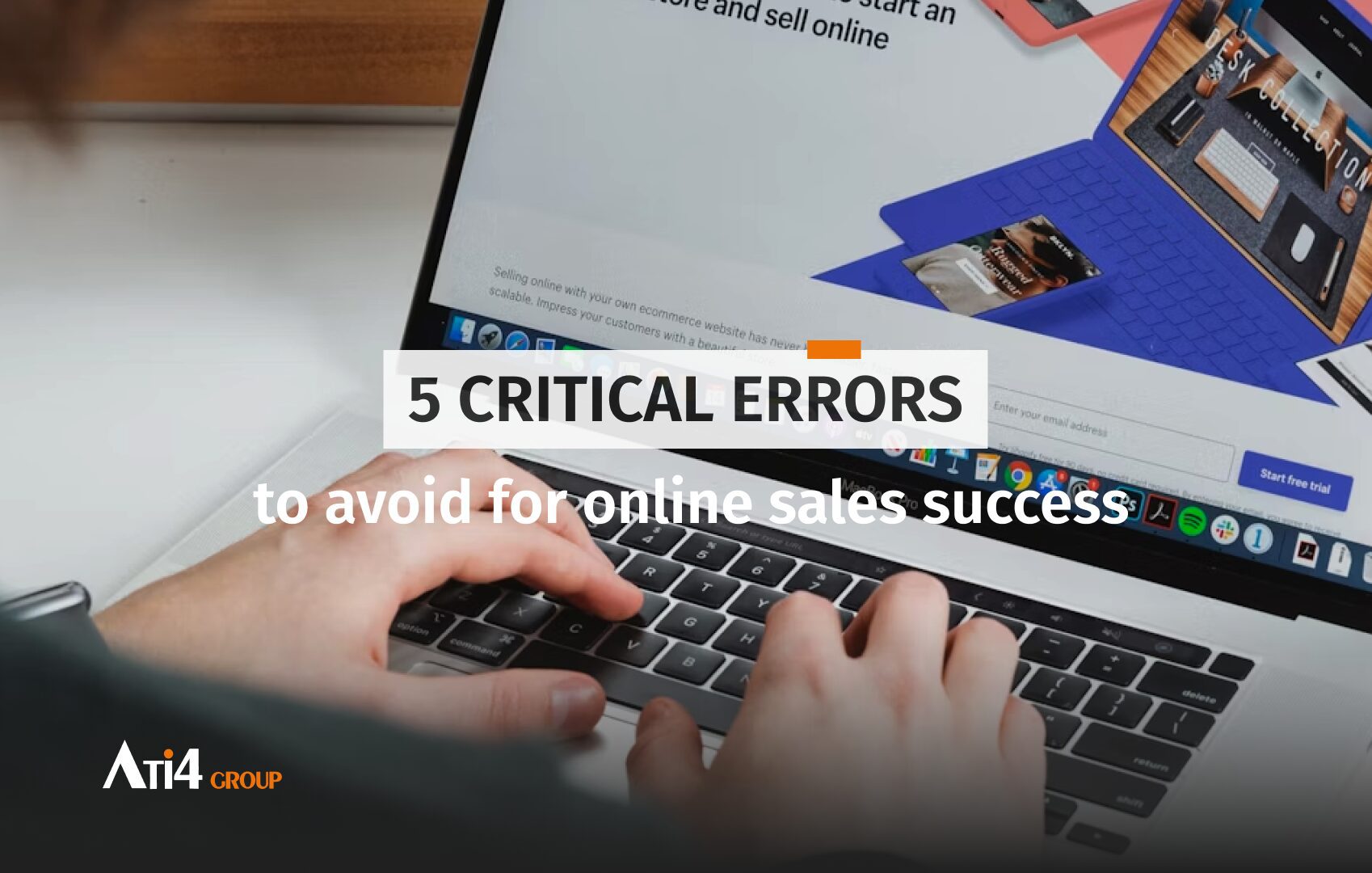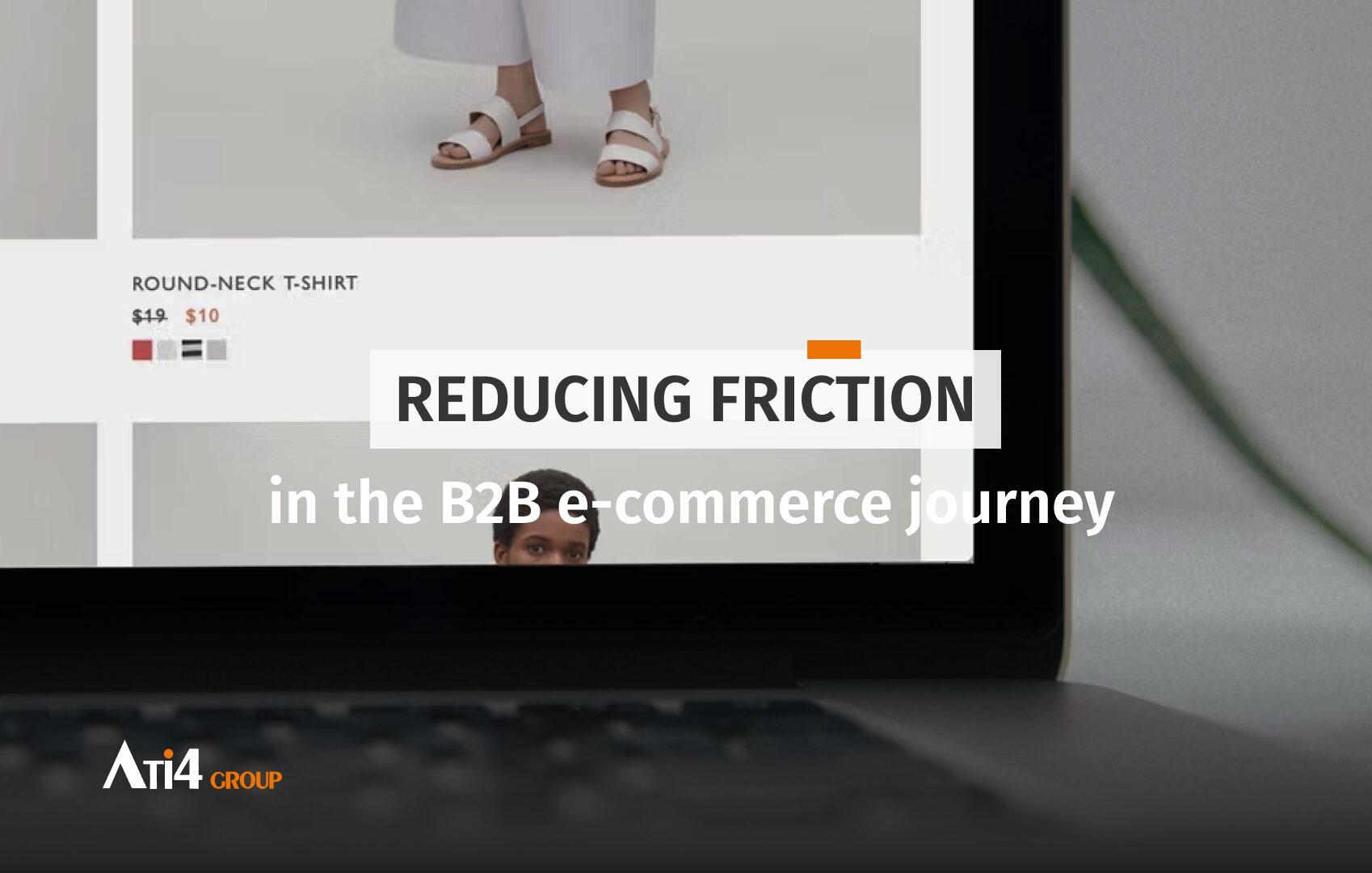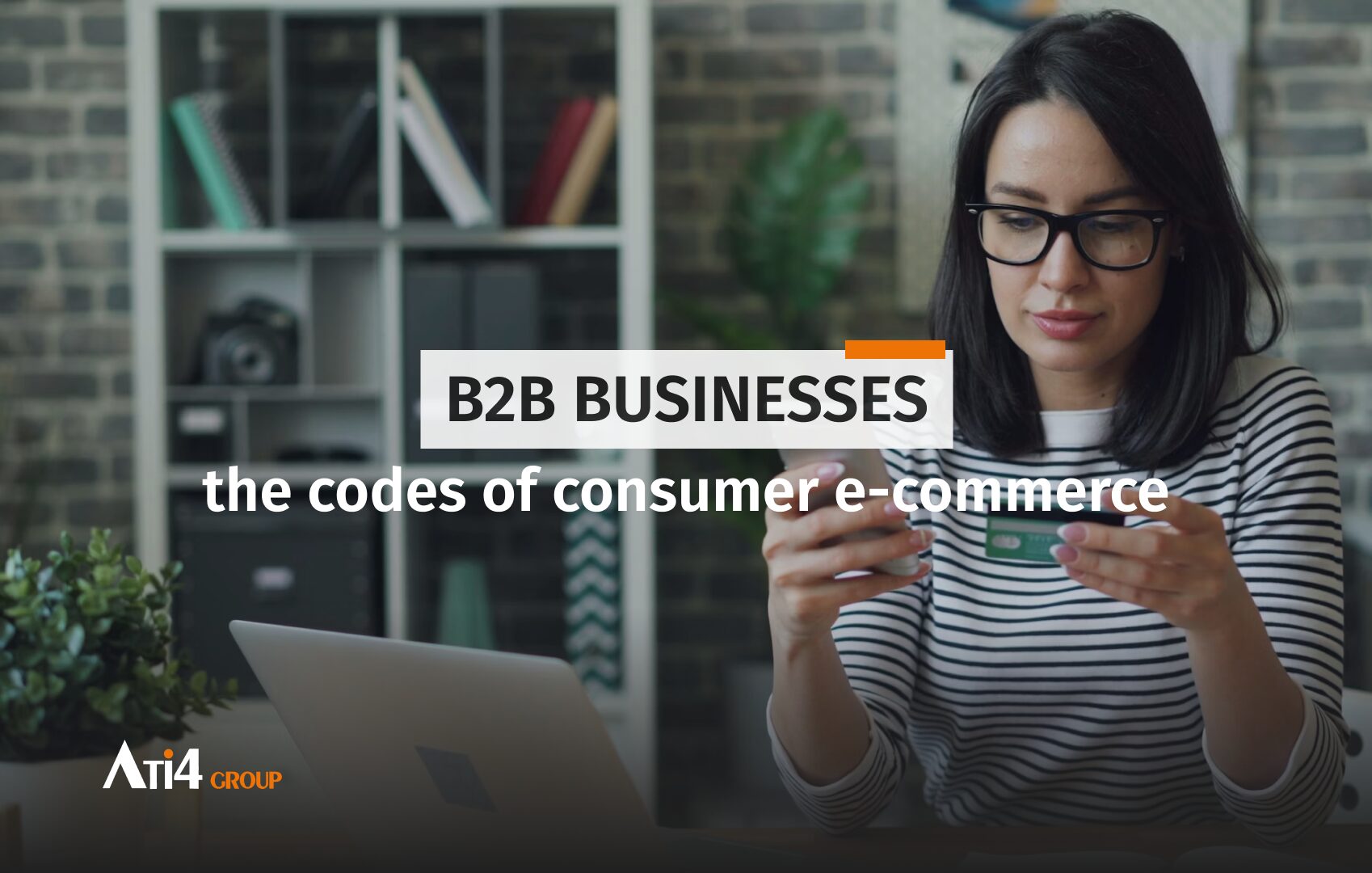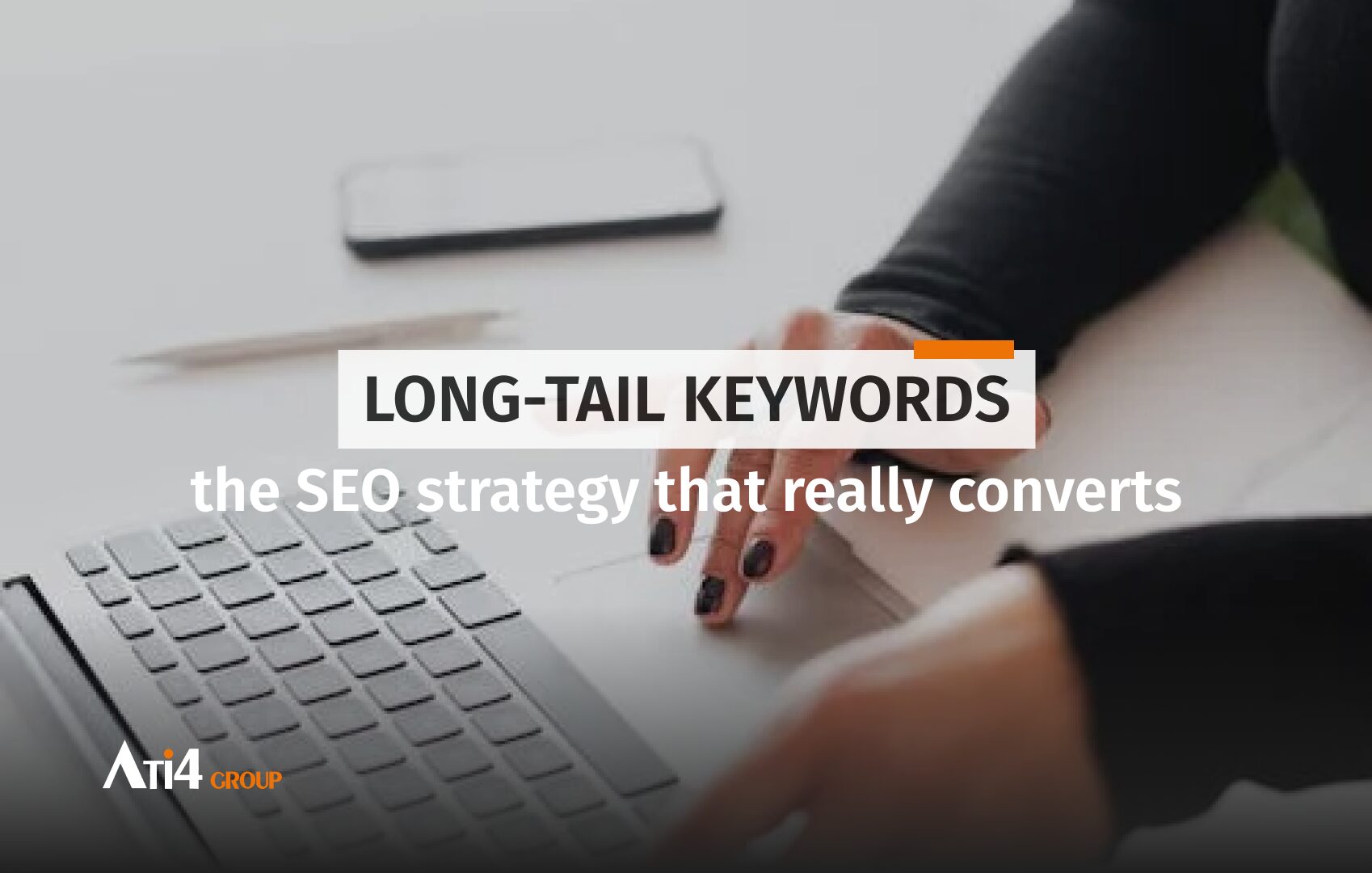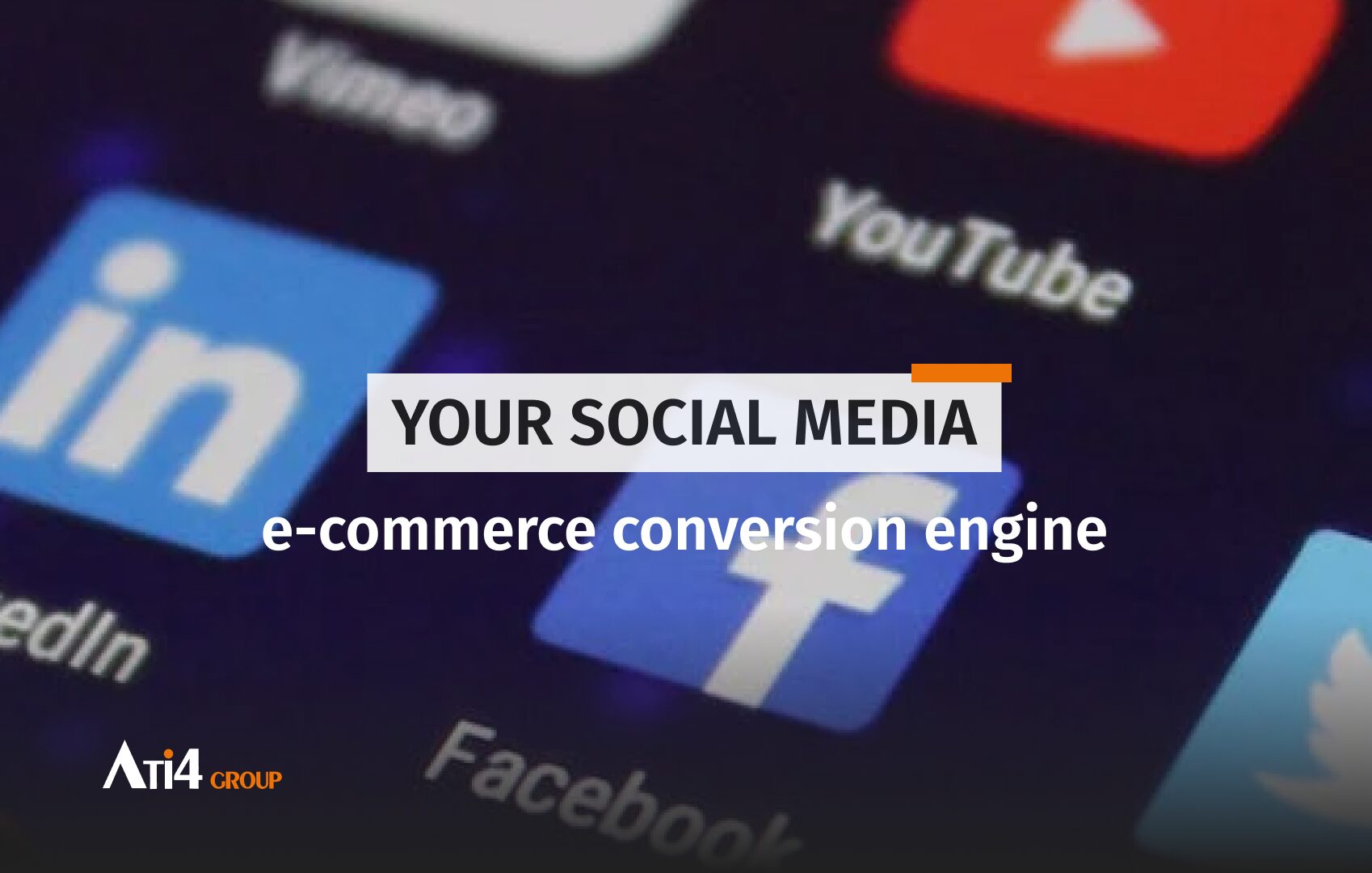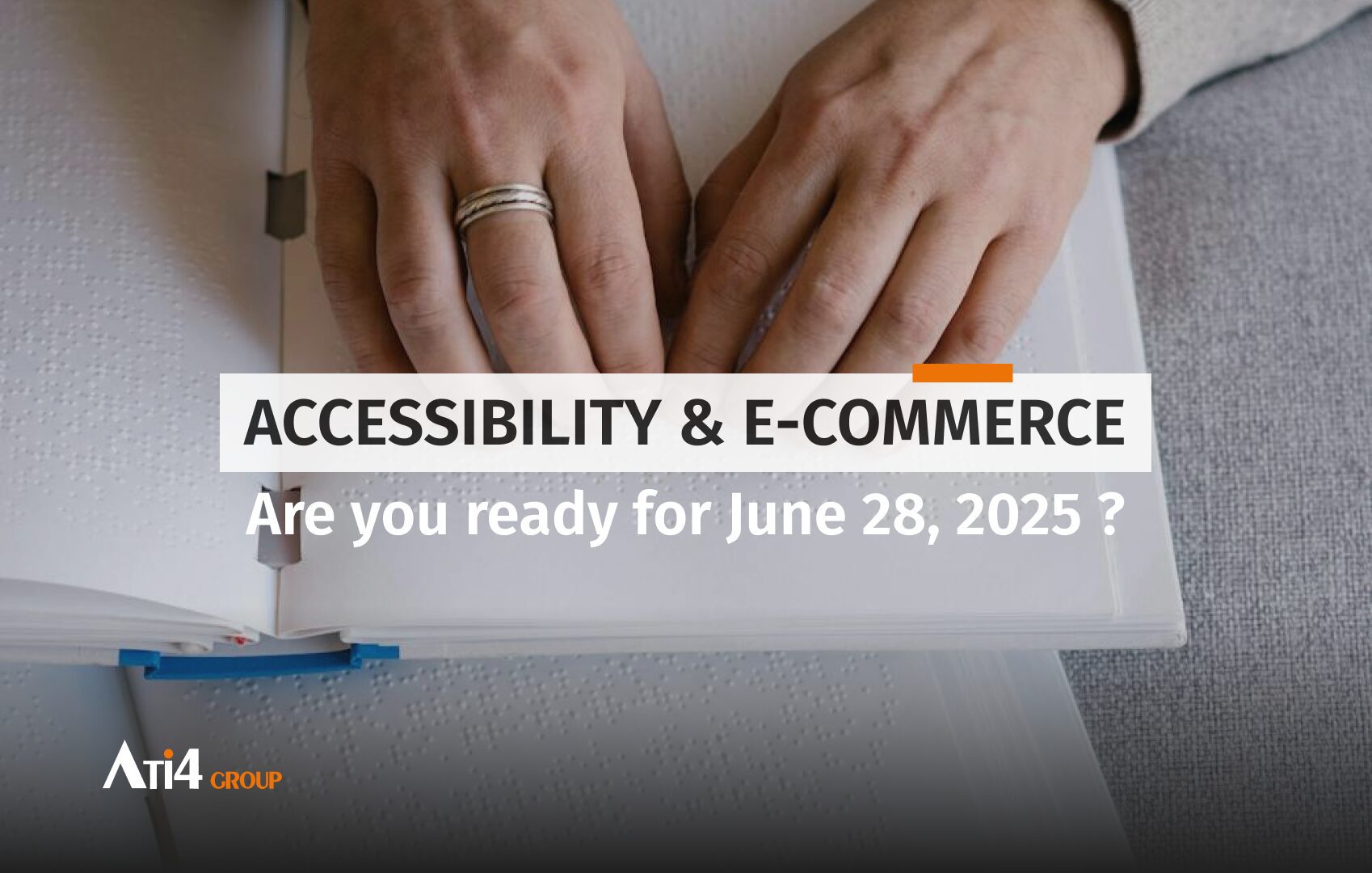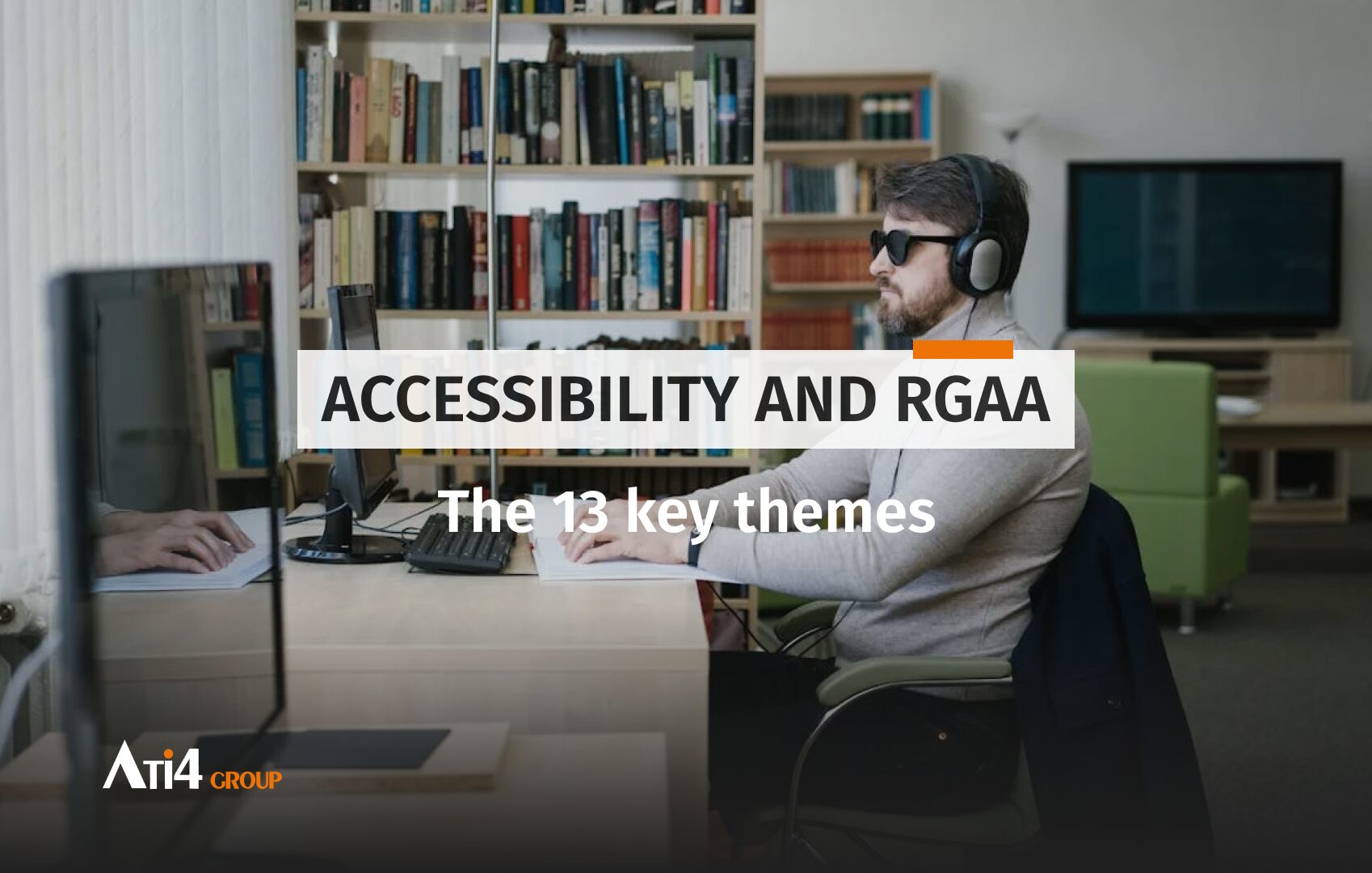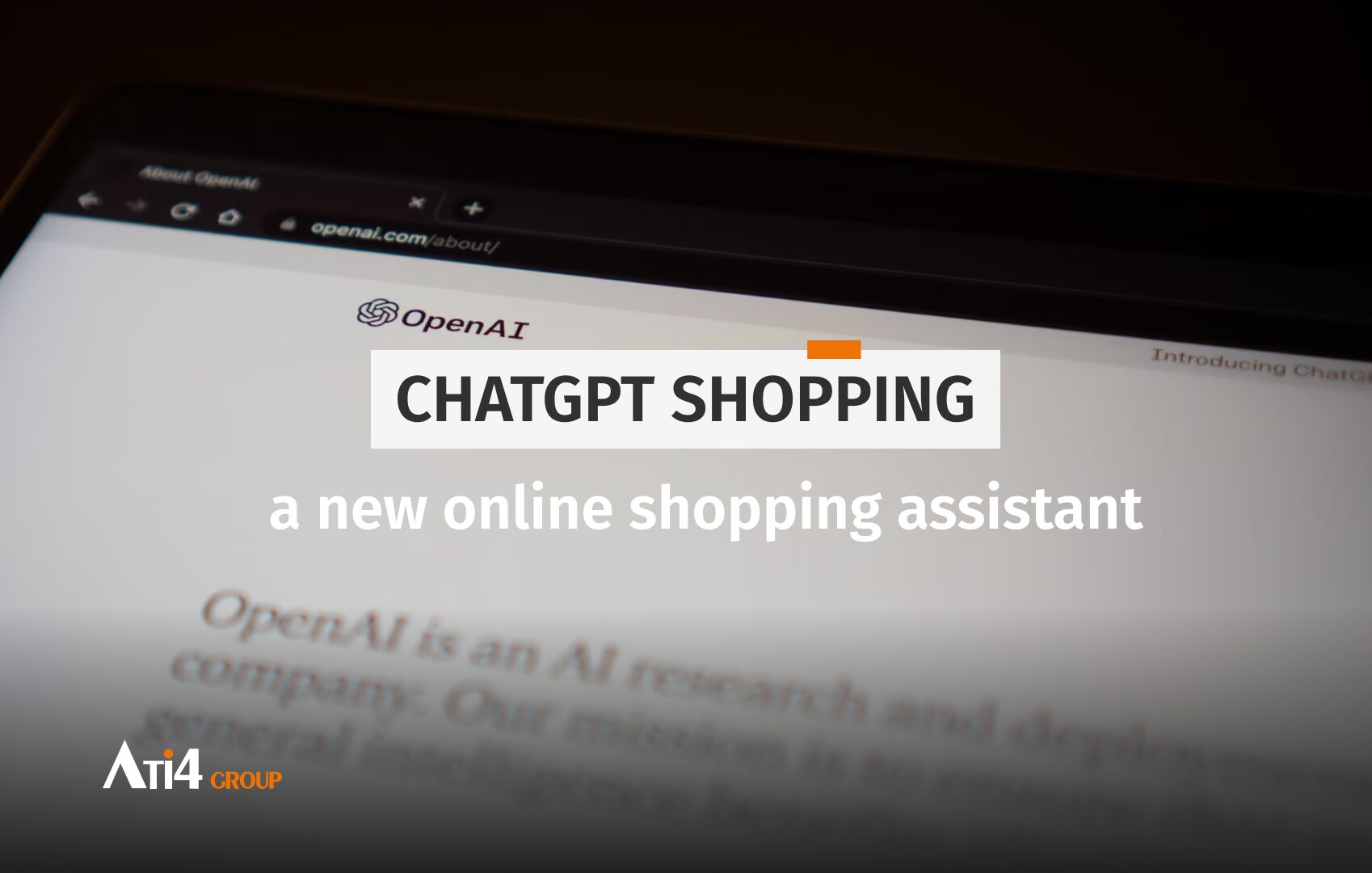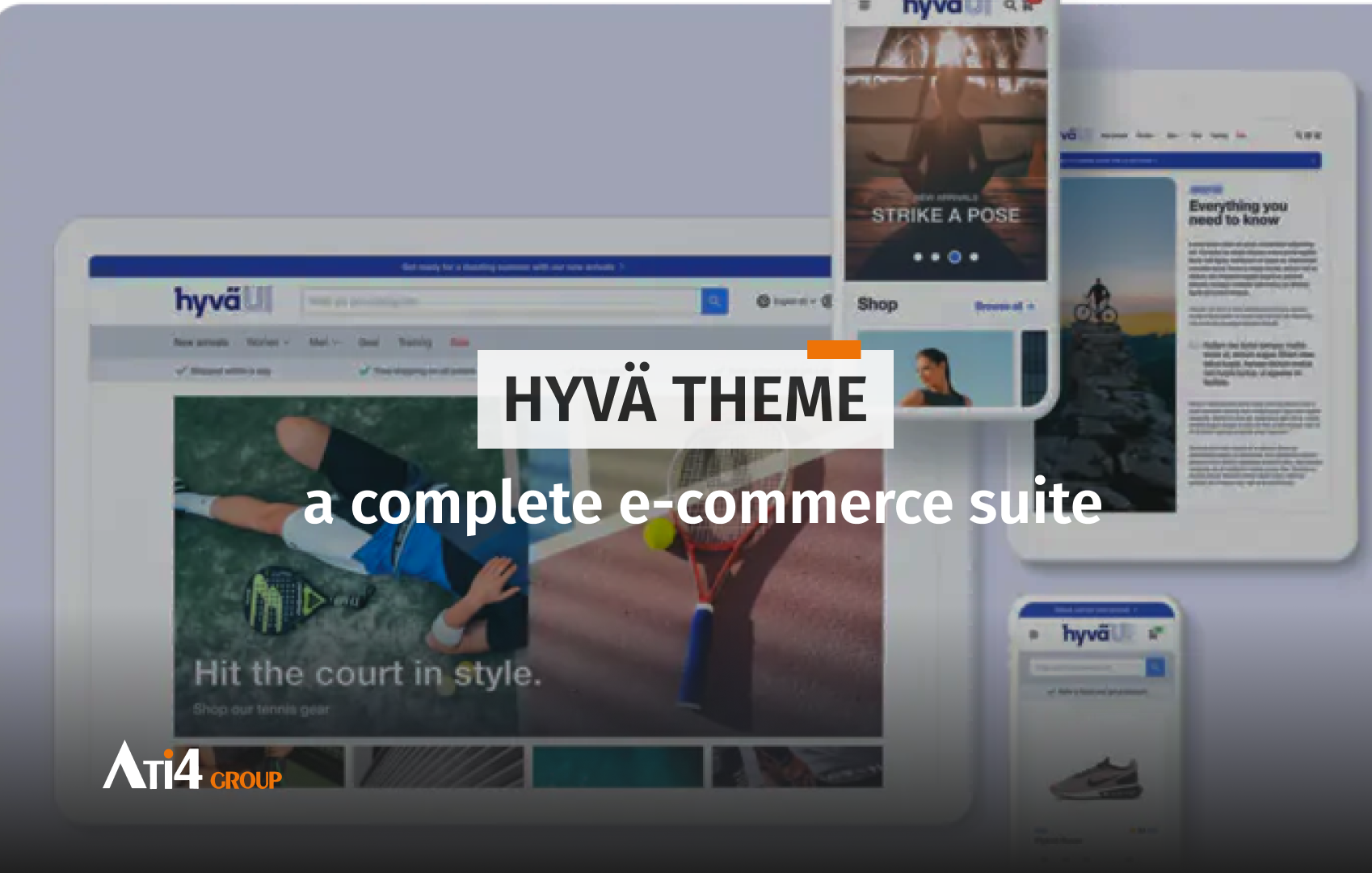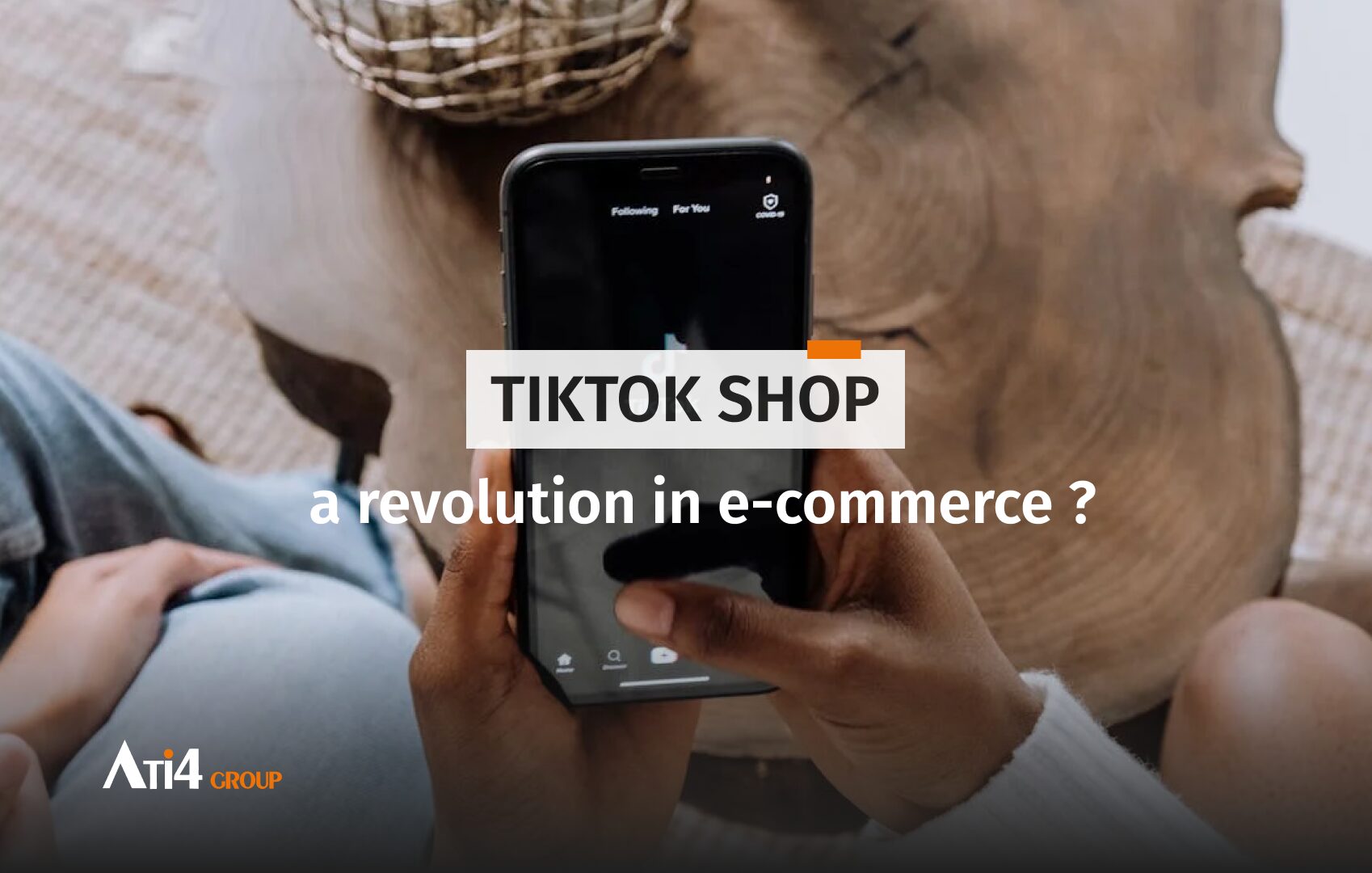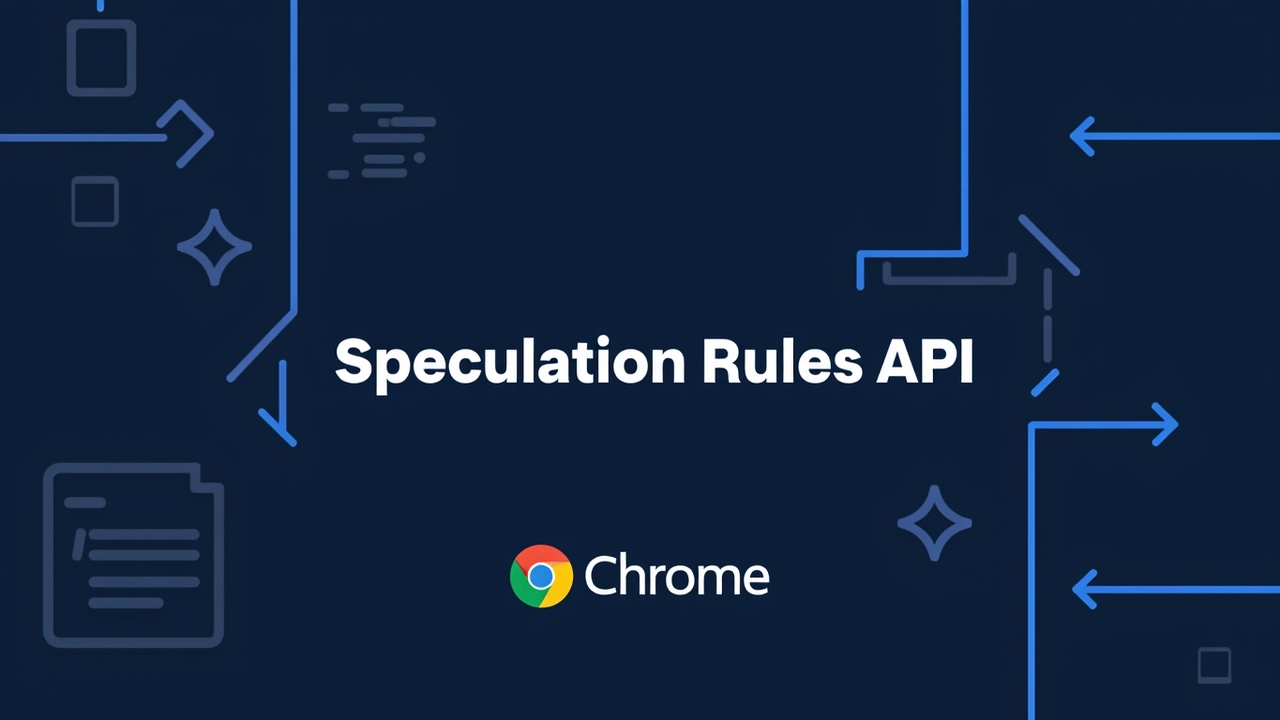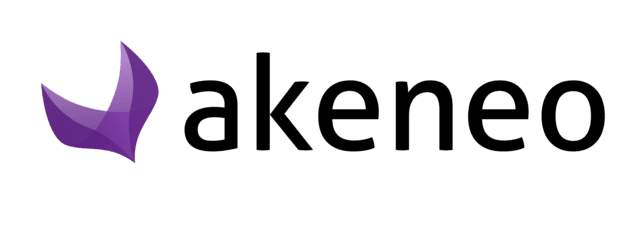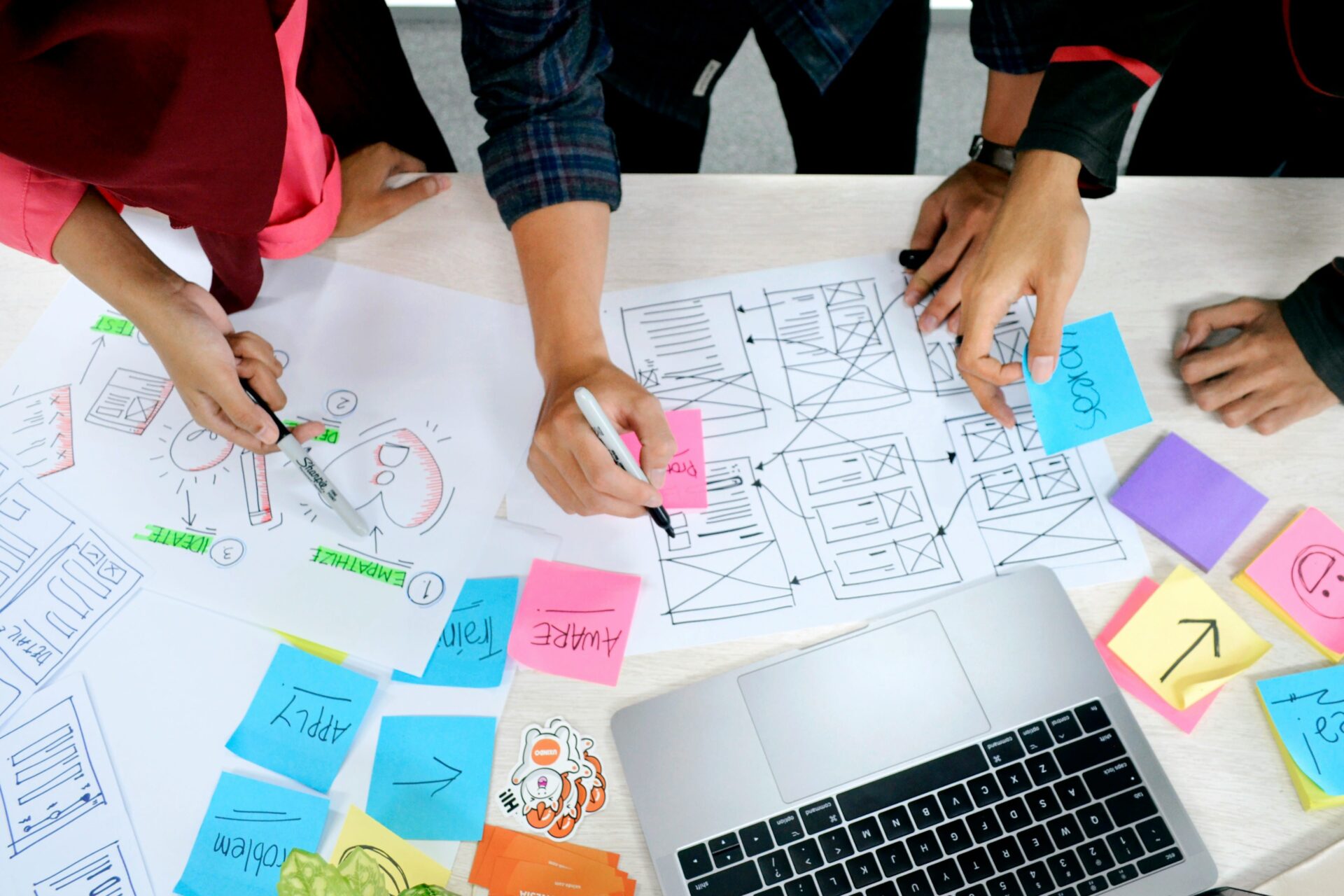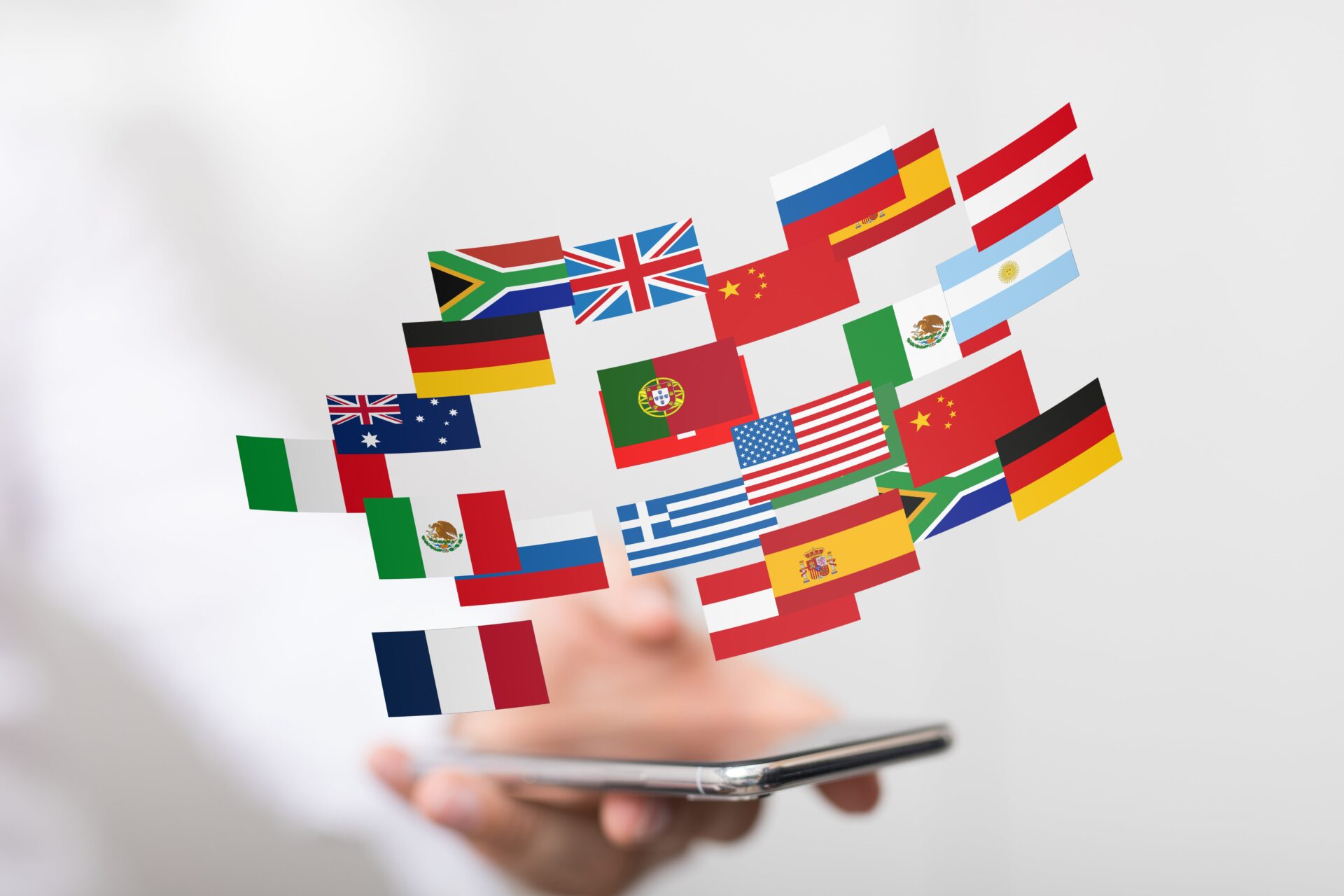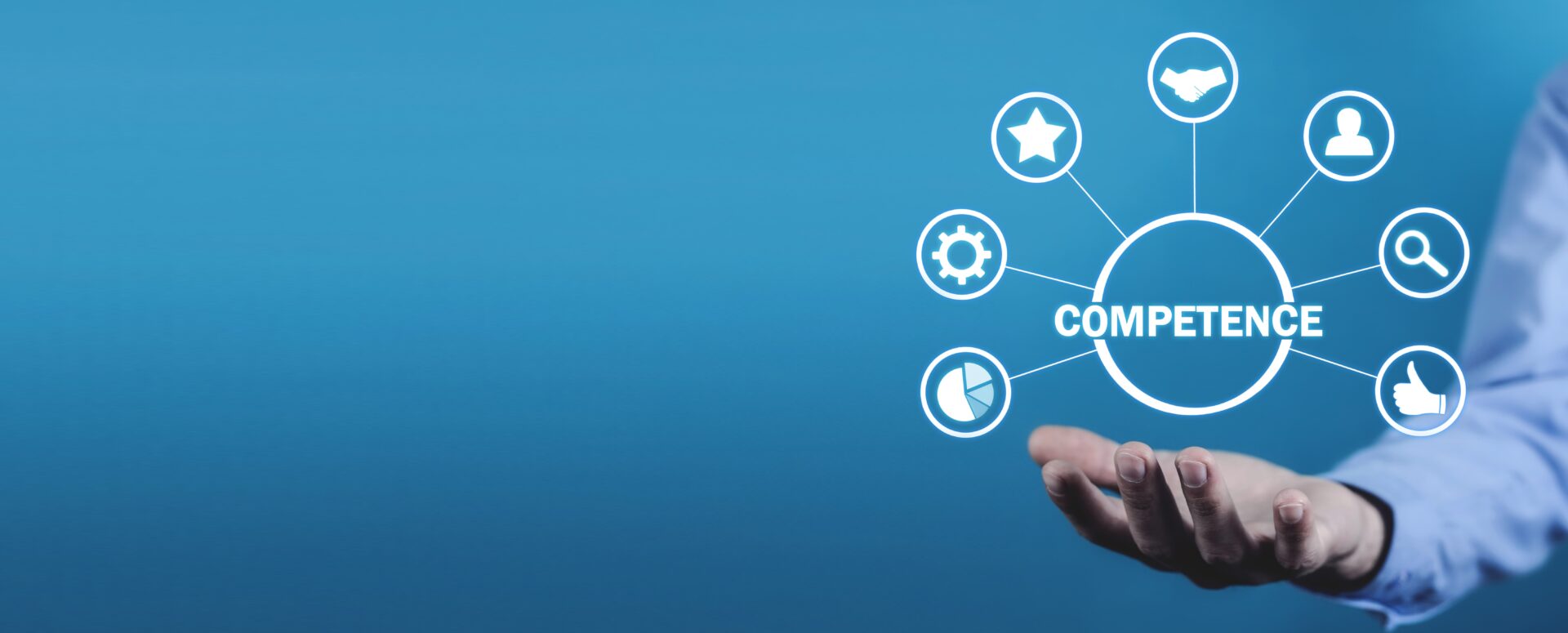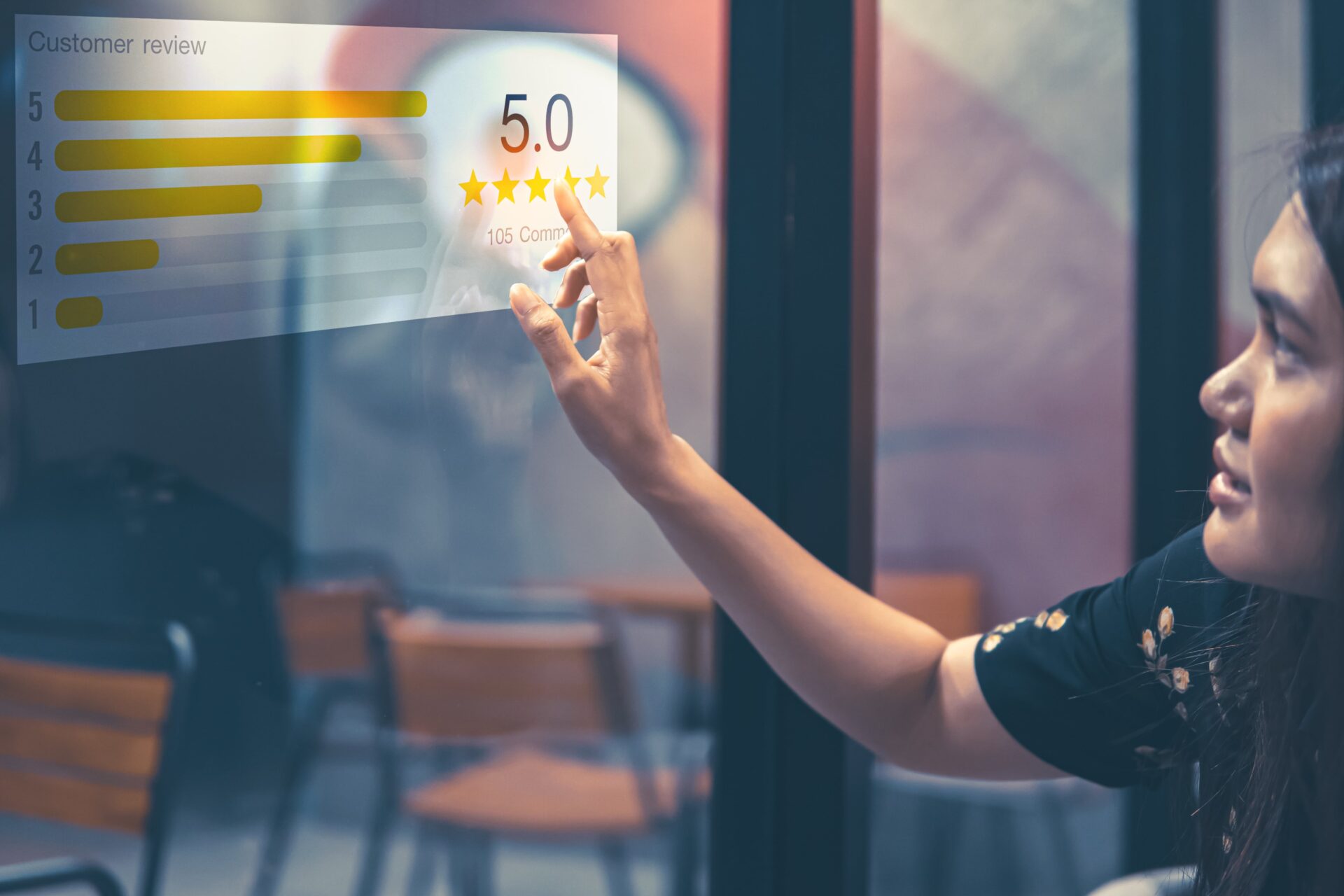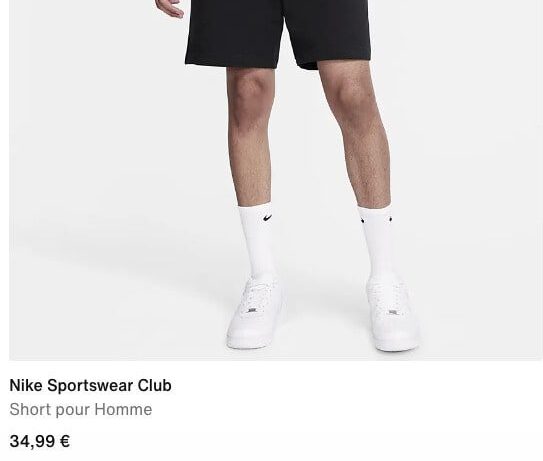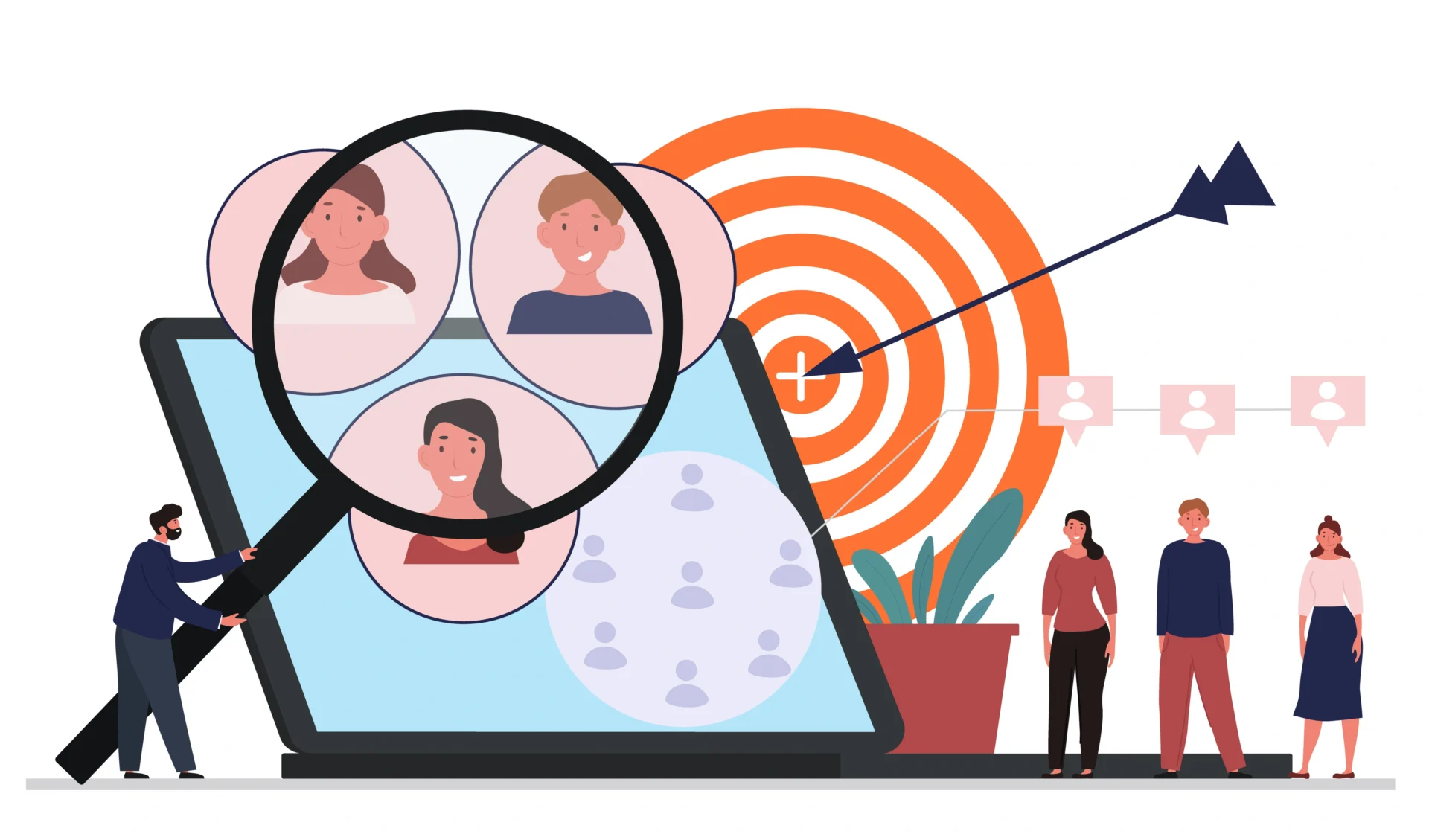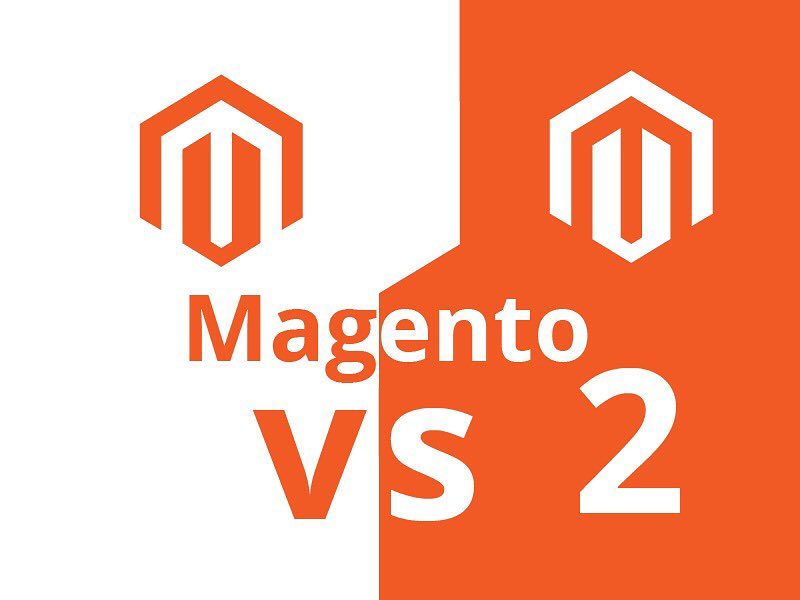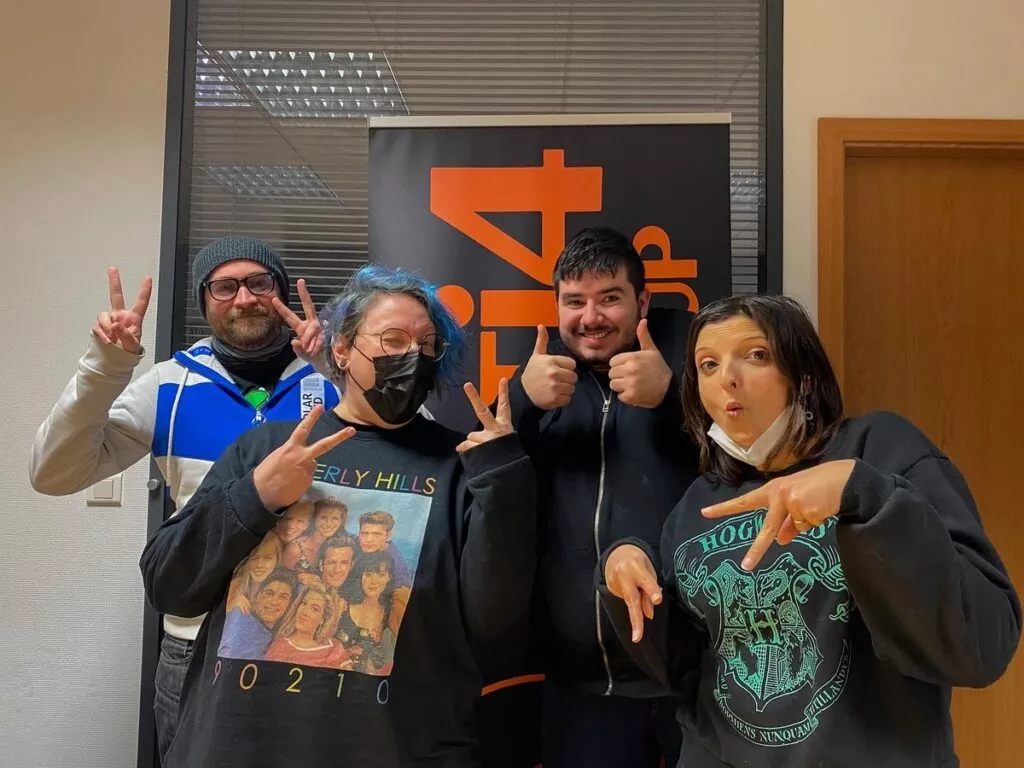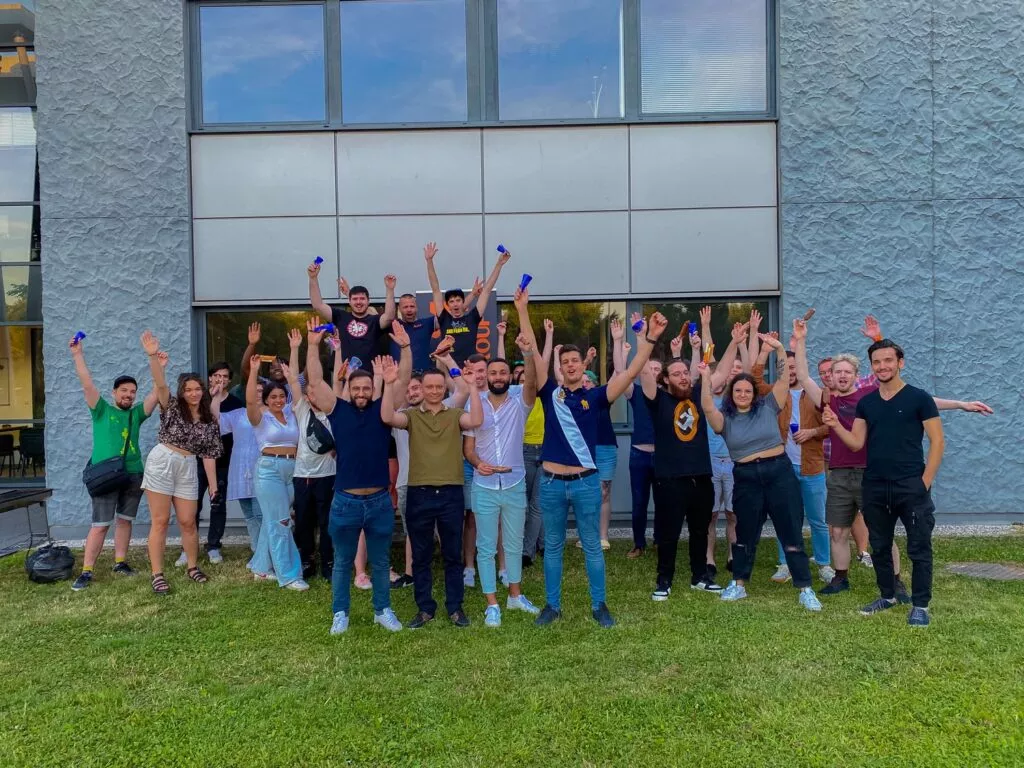The different types of website redesign: how to choose the right modernization strategy.
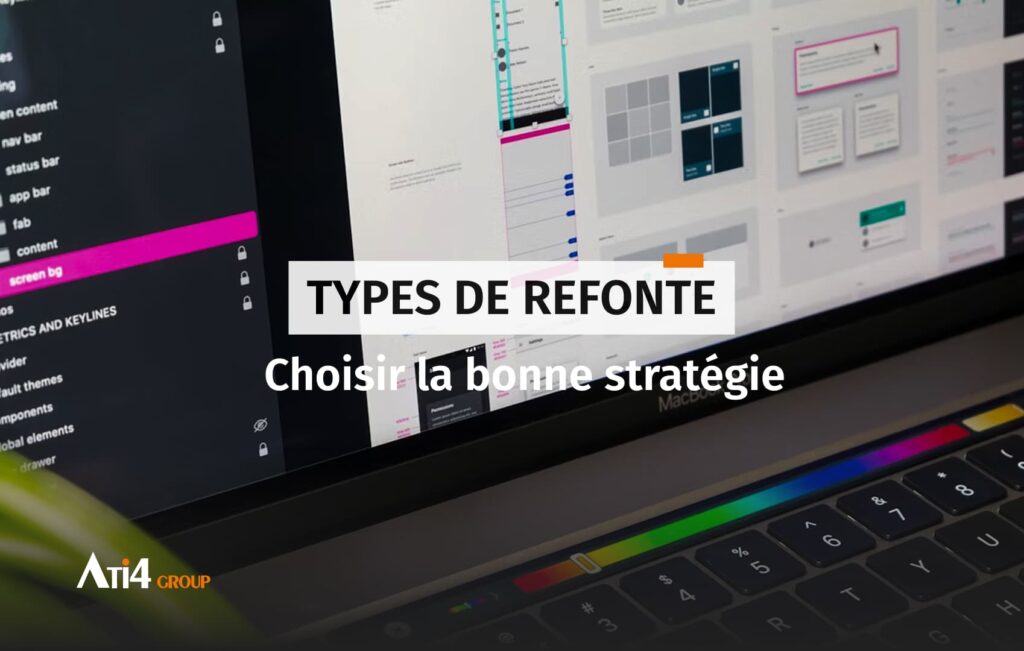
When undertaking a website redesign, we are not just talking about a “facelift.” In reality, it is a true strategic project, aimed at realigning your digital platform with your company’s current objectives, user expectations, and technological standards. Websites have a limited lifespan (often 3 to 5 years) before they require a refresh. Technology evolves, user behavior changes, and expectations regarding design and digital experience continue to grow. However, “redesign” does not always mean the same thing. Depending on the goals pursued and the issues encountered, a redesign can take several forms: graphical, technical, UX/UI, functional, or SEO-focused.
Understanding the different types of redesign is essential for properly planning resources, defining priorities, and avoiding unnecessary costs.
There are three main categories of redesign, ranging from superficial updates to complete reconstruction. The choice depends on an audit of the existing site and the goals set. In this article, we detail each type with concrete examples to show how to choose the strategy best suited to your needs.
Graphical redesign: modernizing the visual identity
The primary objective of a graphical redesign is to modernize the visual appearance of a website or application. It concerns key aesthetic elements: colors, typography, logos, images, and overall layout. More than a simple facelift, it allows the site to reflect the evolution of the brand, refresh its interface, and make the visual experience more appealing to users. This approach often stems from a desire to mark a turning point or to align the site’s visual identity with the company’s new direction.
For example, when a company changes its positioning or modernizes its visual identity, the website must be adapted so that each graphic element reflects this transformation. A fashion brand, for instance, may completely overhaul its visuals, moving from a minimalist style to a more colorful and dynamic design, highlighting immersive photography that captures attention. Although primarily aesthetic, this graphical redesign also indirectly impacts the user experience by creating a more harmonious and pleasant interface, while leaving the technical structure and site functionality unchanged.
Graphical redesign often serves as the first lever to capture visitors’ attention and convey a sense of modernity. However, it does not resolve existing technical or functional issues. It focuses on the visual aspect and user interface (UI) without altering the site’s deep architecture or hierarchy. This approach is generally the most visible and quickest to implement, with an immediate impact on brand perception.
The main objectives of a graphical redesign are multiple. Modernizing the brand image involves aligning the site with the company’s updated visual identity, incorporating a new logo, a refreshed style guide, and a tone consistent with the positioning. Enhancing the visual experience aims to make the design more engaging and professional, following current trends such as minimalism, background videos, or a more spacious layout. Targeted UI/UX optimization reorganizes key elements to facilitate interaction, such as improving the visibility of call-to-action buttons or reorganizing product pages. Ensuring responsive design guarantees that the site displays correctly across all devices—desktop, tablet, and mobile—which is crucial for both SEO and user experience.
A concrete example illustrates this approach: a clothing brand has a functional site but with an outdated design, aging fonts, and faded colors. Marketing objectives shift toward a younger, connected audience. The graphical redesign updates the entire front-end: new color palette, full-screen “hero” images, modern typography, and a visual reorganization of the homepage and category pages for a “magazine-style” effect. The CMS and e-commerce functionalities remain unchanged, allowing the appearance to be modernized without disrupting the technical structure.
This approach has advantages and limitations. The main advantage is the reduced cost and timeline, with minimal SEO risk since the hierarchy and URLs are preserved. On the other hand, a graphical redesign does not fix technical or performance issues. It is a step to modernize the brand image but should be complemented by technical interventions if the goal is to improve overall site performance.
UX/UI redesign: optimizing user experience
A UX/UI redesign goes far beyond visual appearance to focus on how users interact with your website or application. Its goal is to improve navigation, simplify the user journey, and make access to information or products more intuitive and efficient. The UX/UI approach combines design and ergonomics to deliver a pleasant, smooth, and coherent experience while meeting business objectives and user needs.
For example, an e-commerce site experiencing high abandonment rates in the checkout funnel could benefit from a UX/UI redesign that simplifies the ordering process: reducing the number of clicks needed to complete a purchase, improving button visibility and readability, optimizing the payment form, and offering clearer, more structured navigation. Mobile optimization is also critical: better-organized hamburger menus, reduced loading times, and responsive display to ensure an optimal experience across all devices.
This redesign relies on user studies, A/B testing, and navigation audits to identify friction points and opportunities for improvement. The goal is to combine functional efficiency with aesthetics, ensuring that visitors quickly find what they are looking for while enjoying a seamless experience. Unlike a graphical redesign, UX/UI redesign addresses the “how it works” and the “how it is organized”. It is often motivated by ergonomic issues, technical performance, or SEO concerns.
The main objectives of a UX/UI redesign are varied. UX optimization aims to simplify the user journey by revisiting menu architecture, navigation, and the checkout funnel to reduce bounce rates and increase conversion. Structural redesign involves reorganizing page hierarchy to better target keywords, improve internal linking, and facilitate indexing by search engines, often following a semantic silo strategy. Performance improvements reduce page load times, fix technical debt, secure the site via HTTPS, and optimize Core Web Vitals. Additionally, major new features may be integrated, such as appointment booking modules, 3D product configurators, secure client areas, or multilingual platforms.
A concrete example illustrates the impact of this approach: a B2B company experiences low conversion rates on demo requests due to a poorly placed form and a complex site structure. The UX/UI redesign implements a new homepage with simplified navigation, positions the demo CTA in the top-right corner on all pages, and restructures the hierarchy so that product and service pages follow a shorter, logical path for the user. The company also optimizes server speed and corrects technical errors like 404 pages, thereby improving overall site performance.
This approach has significant advantages and some limitations. Its main strength is the direct impact on business KPIs, such as conversion rate, organic traffic, and page load time, while ensuring technical sustainability. However, UX/UI redesign can be complex to implement, with a high SEO risk if the 301 redirect plan from old URLs to new ones is not carefully managed. Proper planning and technical expertise are therefore essential to maximize benefits while minimizing risks.
Technical redesign: modernizing the infrastructure
A technical redesign focuses on the core of the site, its architecture, performance, and maintainability. It often involves major changes such as migrating to a new CMS, framework, programming language, or more efficient server. It may also include optimizing existing code to enhance security, speed up loading times, and make the site more stable and scalable. Unlike graphical or UX/UI redesigns, technical changes are not immediately visible to users but form the essential foundation for long-term site sustainability and scalability.
A concrete example illustrates this approach. A company using an obsolete CMS with security issues and impossible updates may decide to migrate to a modern platform like WordPress, Drupal, or Shopify. Existing content is preserved, but the code is optimized to reduce loading times, improve compatibility with new technologies, and ensure better security. This type of technical redesign also enables the integration of advanced tools, such as chatbots, analytics systems, secure payment modules, or marketing automation features, providing a solid foundation for future growth.
Technical redesign often takes place within a full redesign project, sometimes referred to as “starting from scratch.” It encompasses not only technical aspects but also graphical, functional, and structural dimensions. This approach is particularly relevant when a site suffers from multiple issues: outdated design, poor UX, declining SEO, slow performance, or inability to implement new features. In such cases, a complete rebuild can be more efficient and cost-effective than attempting to fix issues one by one.
The main objectives of a technical redesign vary. CMS migration allows the platform to better meet current needs, whether for ease of management, compatibility with demanding e-commerce, or integration of new features. Redesign may also address total obsolescence when the existing code is irreparable or the site’s security is compromised. In some cases, it is motivated by a change in business strategy, such as transforming a brochure site into an e-commerce platform. Finally, it may be required when the site suffers from multiple flaws: outdated design, poor UX, declining SEO, and technical slowness, making a complete redesign the only viable solution.
A concrete example: a B2B software publisher used a proprietary CMS developed eight years ago. The design was outdated, loading times were very long, and adding new features was impossible. The company undertook a full redesign: migrating to HubSpot CMS, completely revamping the hierarchy, introducing a new graphical design, and developing advanced functional features integrated with its CRM. Although the project was long and complex, the result was a modern platform aligned with the company’s marketing automation strategy and fully scalable.
This approach has significant advantages and some limitations. The main advantage is a complete reset: all problems are resolved, the site becomes sustainable and modern for several years, and it provides an opportunity to rethink overall strategy. However, this redesign represents the heaviest investment in terms of time, budget, and resources. It also carries a high SEO risk if technical migration and 301 redirects are not handled by SEO experts, requiring careful planning to preserve traffic and visibility.
Functional redesign: rethinking services
A functional redesign focuses on site functionalities. It involves adding, modifying, or removing tools and services offered to users. The goal is to make the site more useful, interactive, and better aligned with visitor needs. For example, an institutional site wishing to become an online service platform may integrate a client area, appointment booking system, or advanced search engine. A tourism company could add a booking simulator, interactive calendar, or personalized recommendation system.
Functional redesign often involves user needs analysis, an audit of existing functionalities, and clear prioritization. It can be combined with a UX/UI redesign to ensure that new features are intuitive and easy to use.
SEO redesign: improving visibility
Finally, an SEO redesign aims to optimize the site for search engines. It is not just about updating content or design but involves structuring the site, improving technical performance, and creating content aligned with strategic keywords.
A concrete example: a site gradually losing organic traffic. The SEO redesign would involve revising the hierarchy, fixing 404 errors, optimizing title tags and meta descriptions, restructuring content for relevance, and publishing articles targeting strategic keywords. Measurable benefits include better Google visibility, increased qualified traffic, and higher conversion rates.
This type of redesign can be combined with other redesign types (graphical, UX/UI, technical) to maximize impact. A beautiful, fast site that is poorly referenced remains hard to find.
Each type of redesign addresses a specific need, but in practice, a full redesign often involves a combination of approaches: graphical, UX/UI, technical, functional, and SEO. Understanding these distinctions allows for proper resource planning, priority setting, and avoidance of budget overruns.
Investing in a thoughtful redesign is not limited to improving the site’s aesthetics. It is an opportunity to enhance user experience, optimize technical performance, enrich functionalities, and improve online visibility. A successful redesign transforms your site or application into a true strategic tool, capable of serving business objectives, engaging users, and adapting to future changes in the digital market.
Find out what’s new at the company.
Because mixing fun and work is at the heart of our philosophy, we always try to make a special place for it in our business life.


